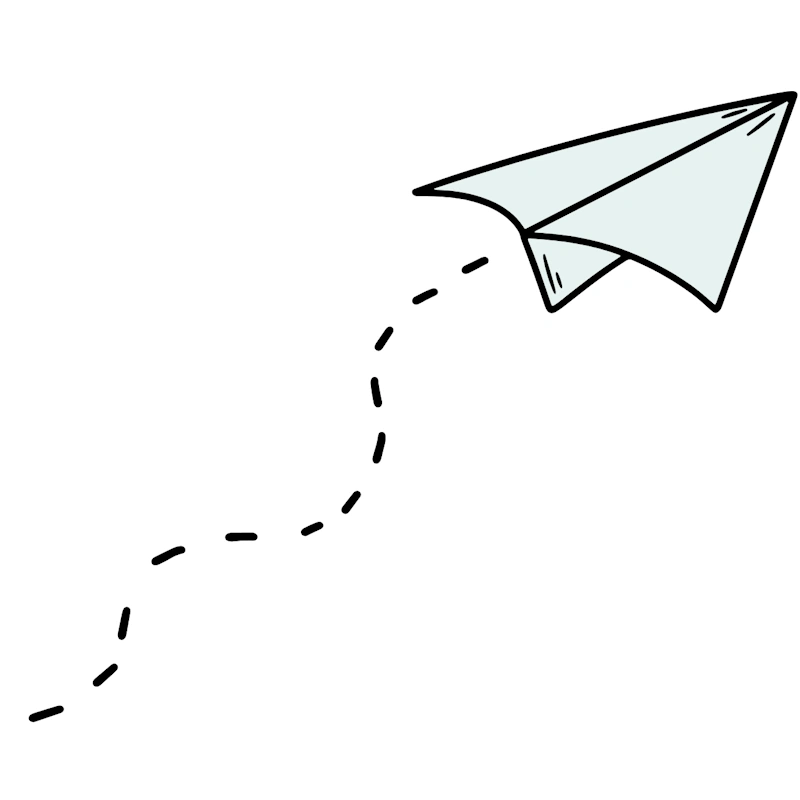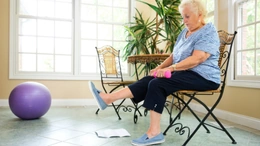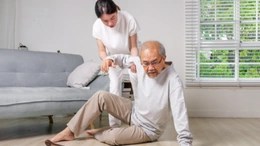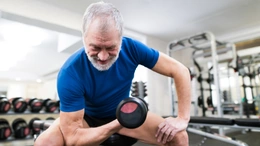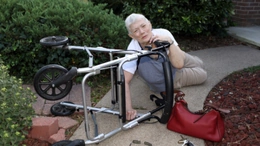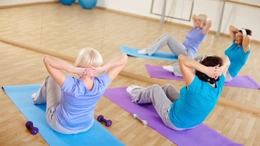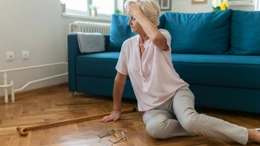Core Exercises For Seniors: Strengthen Your Center For Stability And Balance
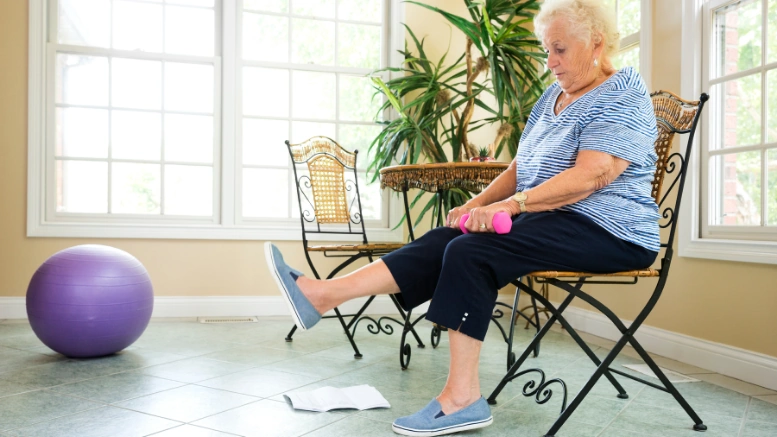
As we age, maintaining a strong core becomes more important than ever. The core—made up of your abdominal muscles, lower back, hips, and pelvis—is responsible for stability, posture, and functional movement. For seniors, building and maintaining core strength can help prevent falls, reduce back pain, and improve overall mobility.
You don’t need to be a fitness enthusiast to enjoy the benefits of core training. With gentle, safe movements and consistency, seniors can greatly improve their strength, balance, and confidence.
Why Core Strength Matters For Seniors
A strong core provides the foundation for nearly every movement we make—whether you're bending to tie your shoes, standing from a chair, or simply walking. Without it, tasks become harder, and the risk of injury increases.
Key benefits of core exercises for seniors include:
- Better balance and coordination
- Improved posture and spinal alignment
- Reduced lower back pain
- Greater ease with everyday movements
- Enhanced confidence and independence
What Makes A Good Core Exercise For Seniors?
Core exercises for older adults should be:
- Low-impact to avoid strain on joints
- Easily modified for varying fitness levels
- Supportive of proper posture and breathing
- Focused on slow, controlled movements
Using a chair, yoga mat, or resistance band can help make these movements safe and accessible for all fitness levels.
Beginner-Friendly Core Exercises For Seniors
Here are some of the best core exercises for seniors, designed to be gentle, effective, and easy to do at home.
- Seated Knee Lifts
- Sit on a sturdy chair with your feet flat on the floor.
- Engage your abdominal muscles and slowly lift one knee toward your chest.
- Lower it and repeat with the other leg.
- Do 10–15 repetitions on each side.
This movement strengthens the lower abs and improves hip flexibility.
- Pelvic Tilts
- Lie on your back with your knees bent and feet flat on the floor.
- Gently rock your pelvis backward to flatten your lower back against the floor.
- Hold for a few seconds, then release.
- Repeat 10–12 times.
Pelvic tilts strengthen the deep abdominal muscles and help with posture control.
- Seated Side Bends
- Sit upright in a chair with your feet flat and hands behind your head.
- Slowly lean to the left, feeling a stretch along your side.
- Return to center and repeat to the right.
- Perform 10 reps per side.
This targets your obliques and improves lateral stability.
- Modified Bird-Dog
- Begin on all fours on a mat, or use a chair or countertop for support if needed.
- Extend your right arm and left leg at the same time.
- Hold for a few seconds, then return to the starting position.
- Switch sides and repeat 10 times.
This is a great move to improve balance and coordination.
- Chair Planks
- Stand facing a sturdy chair or countertop.
- Place your forearms on the surface and step your feet back until your body forms a straight line.
- Engage your core and hold the position for 10–20 seconds.
- Rest and repeat 3–5 times.
This low-impact plank strengthens the entire core without floor work.
Tips For Safe Core Training
- Warm up before starting with light stretches or a short walk.
- Focus on form, not speed. Controlled movement builds more strength and avoids injury.
- Breathe properly, exhaling during effort and inhaling during relaxation.
- Stop immediately if you feel dizzy, experience pain, or lose balance.
If you have osteoporosis, joint issues, or a recent surgery, consult your doctor or a physical therapist before starting any exercise program.
How Often Should Seniors Do Core Exercises?
Aim for 2–3 times per week, with at least one rest day in between. As your strength improves, you can gradually increase the number of repetitions or add light resistance like ankle weights or resistance bands.
Conclusion
Core exercises for seniors are a powerful way to boost balance, protect your spine, and make daily activities easier. They don’t require a gym or expensive equipment—just a little time, consistency, and care. By incorporating these exercises into your weekly routine, you’ll be investing in a stronger, more stable future.


